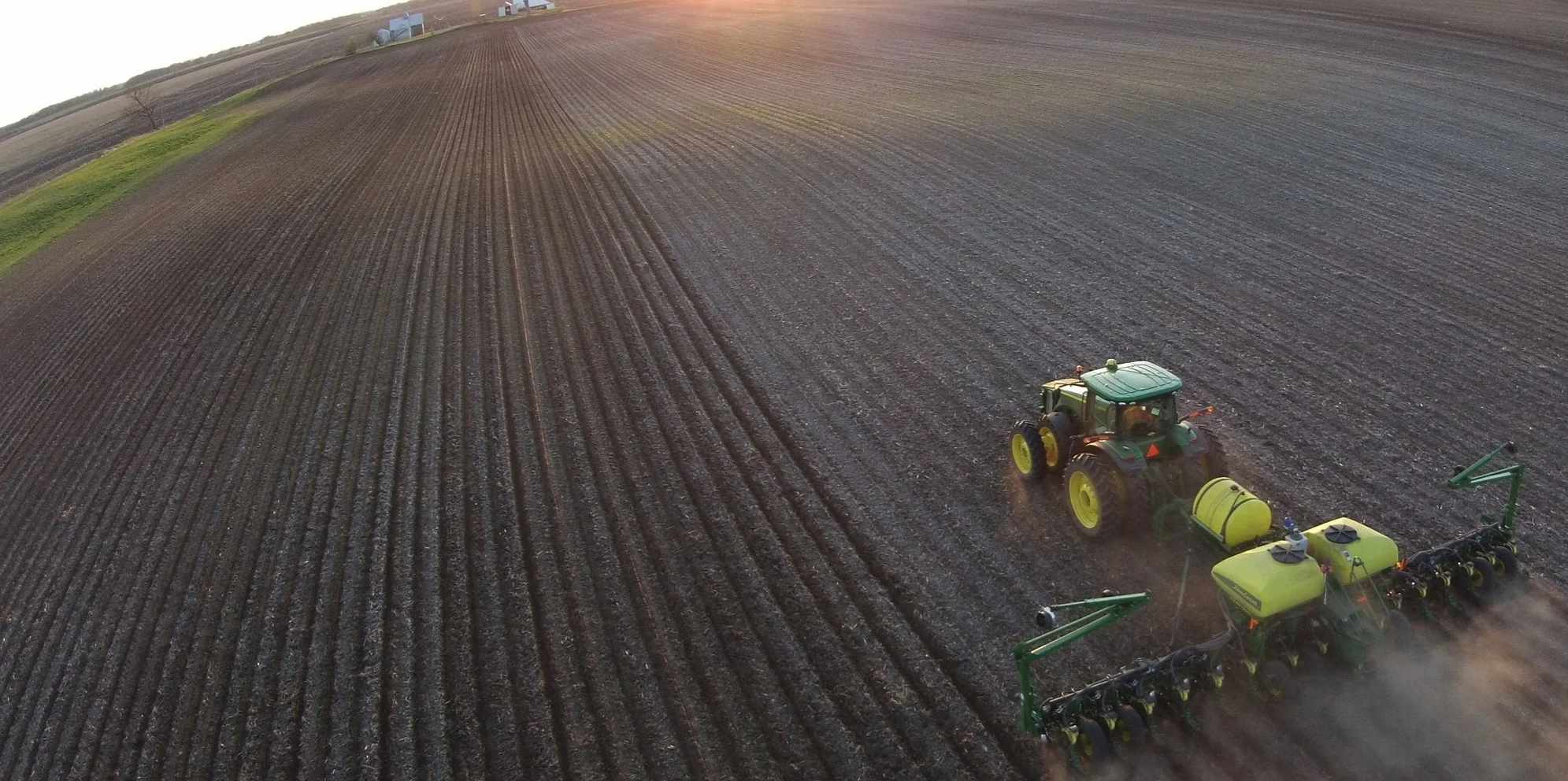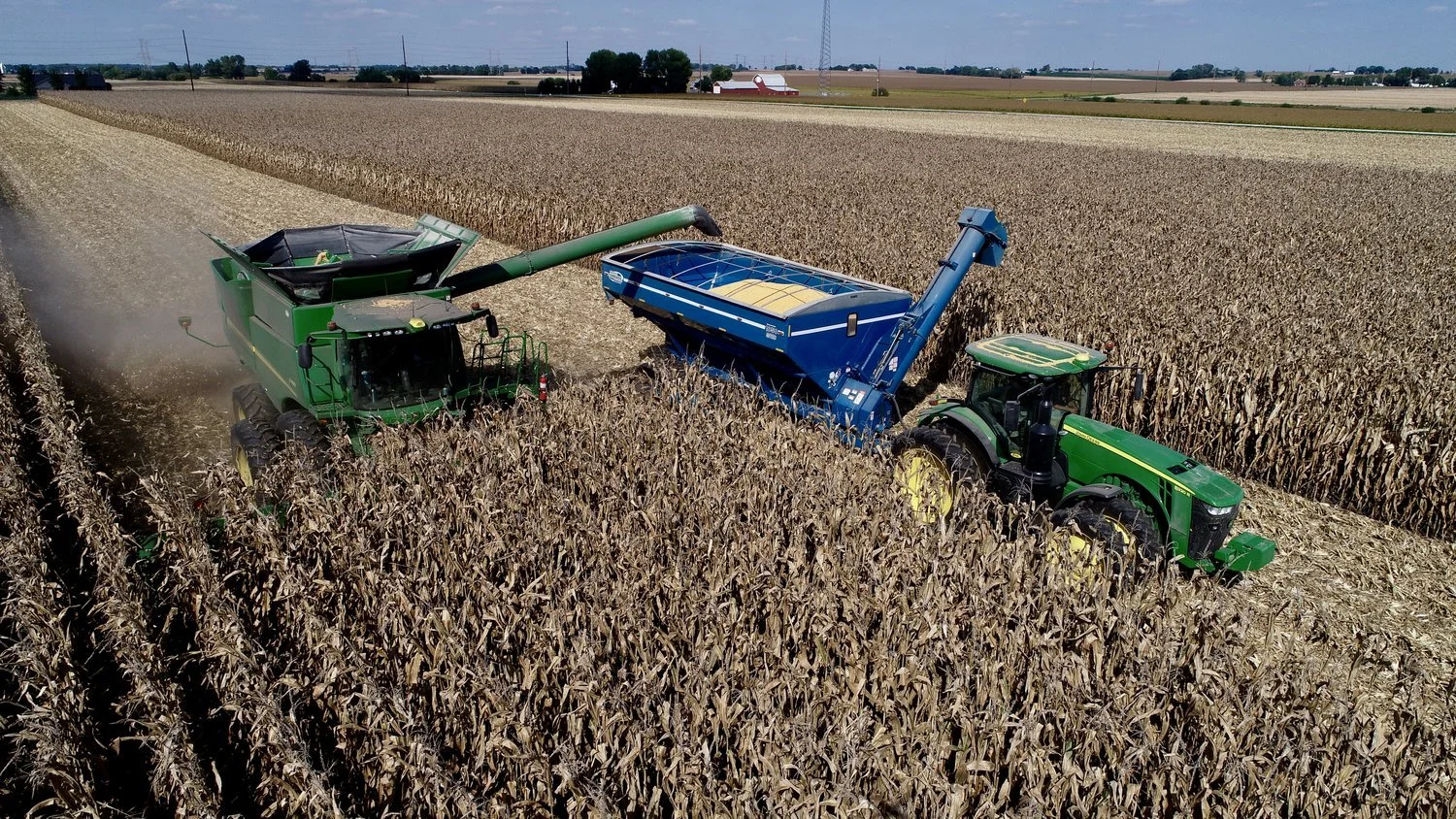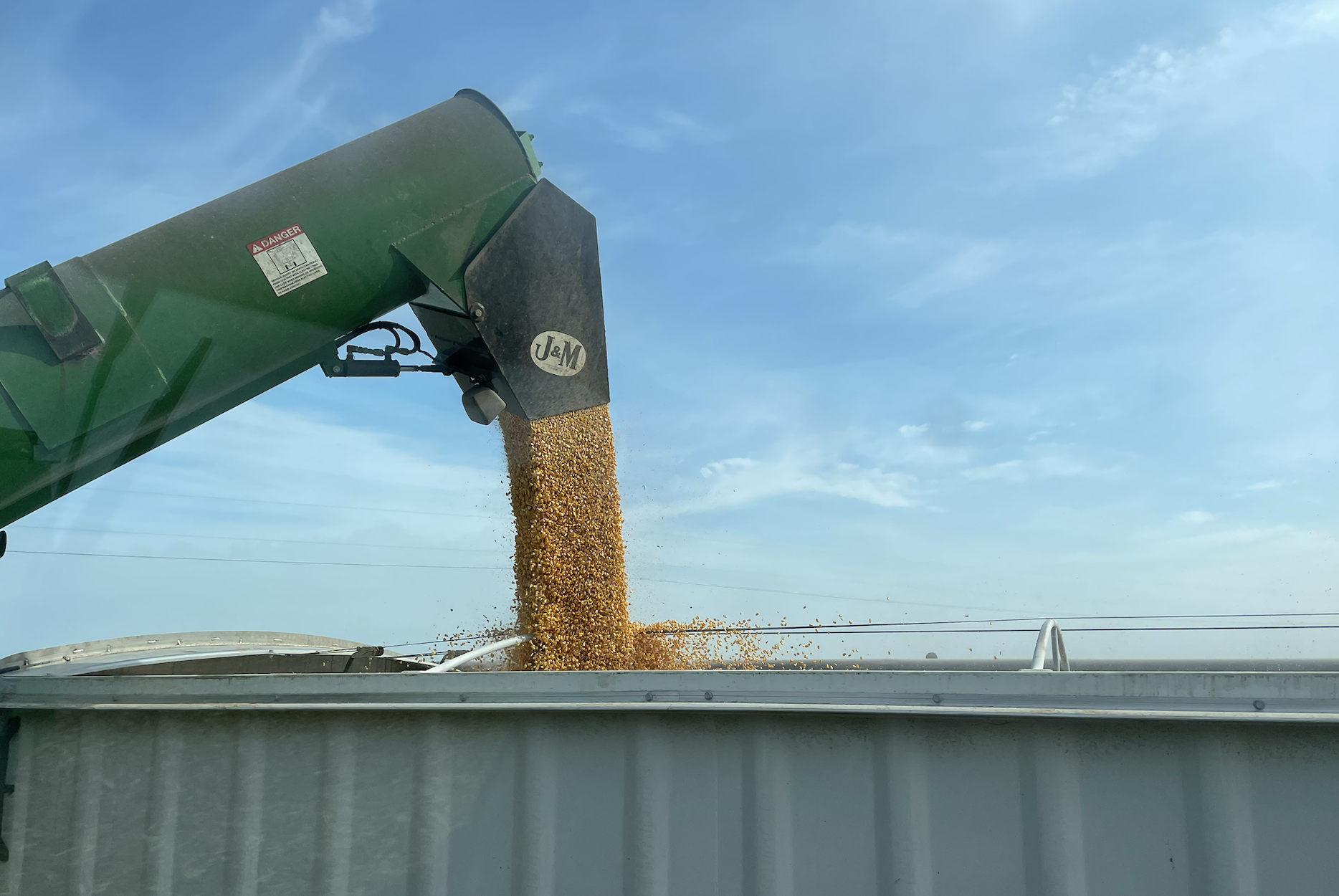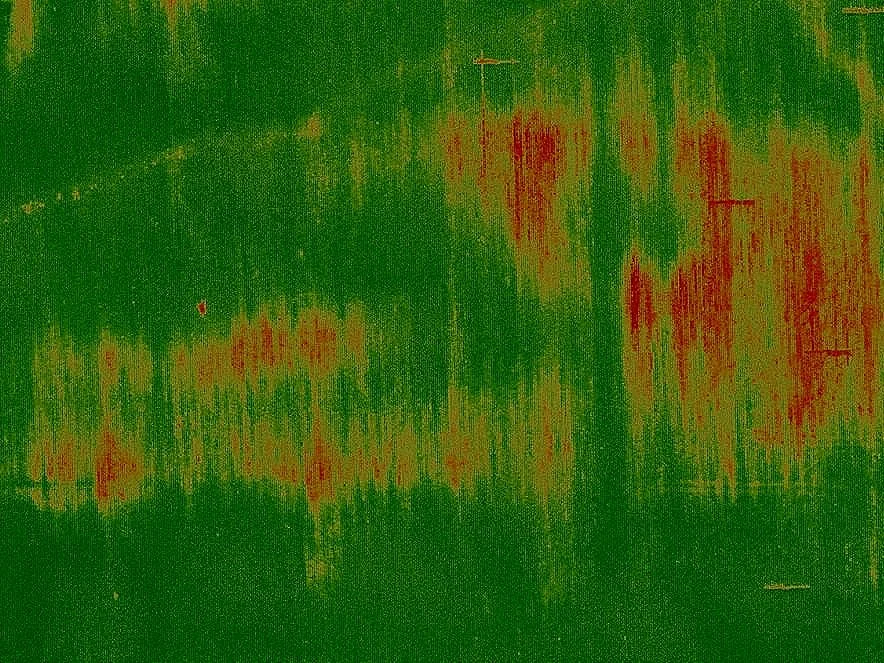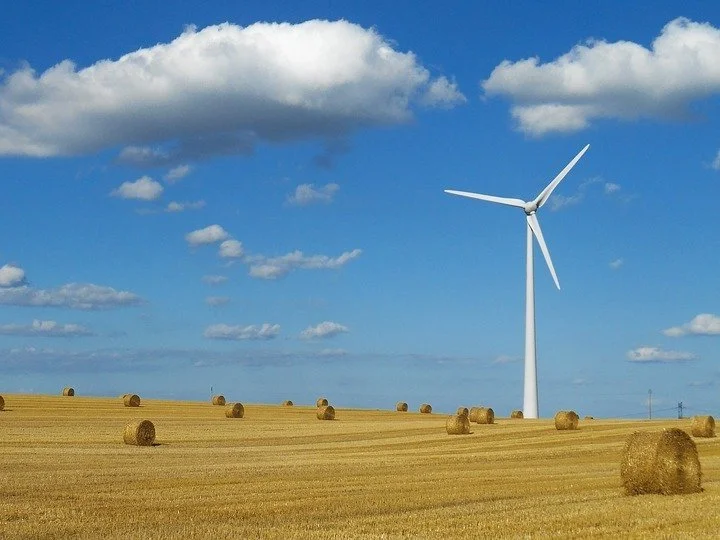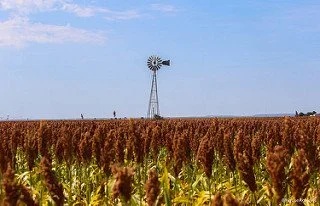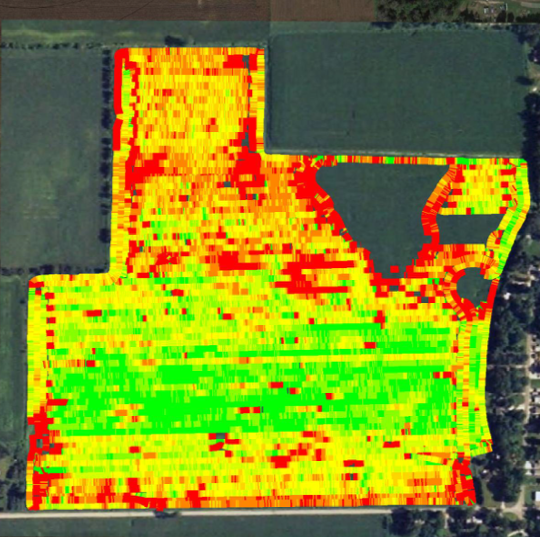Ag Data Predictions for 2017
/The clouds that house America’s agricultural data are going to see a lot shifting in 2017. The ag data platform space has been on a constant growth trend for the last few years. But all good things must come to an end, and I think 2017 will be the year when farmers demand results to part with their ag data. The promise that ag data will some day pay dividends will no longer be enough. Here are my five ag data predictions for 2017:
Livestock data enters the discussion. Agronomic data platforms have led the conversation about ag data issues the last few years. Most new ag data companies are focused on increasing yields for row crop farmers, and even more specifically, for farmers growing corn. While ag tech startups and ag legacy companies fight to gain market share of farmers’ planting, growing, and yield data, another ag data revolution has been more quietly happening on livestock farms. Swine, dairy, beef, and poultry farms are generating a lot of data that, for the most part, has not yet been moved to cloud-based platforms. Companies that have been in the livestock business are already working on harnessing livestock data. I think 2017 is the year that venture capital starts to notice this other ag data opportunity.
Ag data platforms integrate. This is the easiest prediction to make for 2017. The last two years companies have invested heavily in selling their ag data platforms in a race to get acres into their cloud. Presumably, once you sign up with an ag data platform, you are more willing to stay with that platform than go to the effort of moving your data somewhere else (sort of like resistance to changing your cell phone provider). I'm not sure this is true, though.
The real value in having your ag data in the cloud though comes when you can easily share that data with trusted advisors, agronomists, financial analysts, and other people and companies. Integration is natural evolution of the cloud platforms. Just look at AGCO’s Fuse infrastructure graphic to see this:
Photo courtesy of Meister Media Worldwide precision ag professional
Groups like AgGateway are actively working to break down the barriers between companies to allow more integration of platforms. These efforts will start to pay off in 2017. Companies that don’t offer integrations will slowly fade away.
The herd begins to thin. This is the year we’ll start to see ag data company failures as the venture capital runs out for some players. With low forecasted commodity prices again this year, farmers will not be anxious to invest more of their income to experiment with ag data tools. I think that makes 2017 the year that ag data platforms must learn to swim (and make a profit) or they will sink. Some will find a happy middle ground by merging or integrating with other services. Some will also fail, as their just aren’t enough acres in America to satisfy the number of cloud-based platforms that exist today.
Ag drones enter the Trough of Disillusionment. If you are not familiar with the Gartner Hype Cycle, here is a synopsis: new technologies move from discovery to a period of “inflated expectations,” then fall into a “trough of disillusionment” before such technologies find practical, sustainable uses in the “plateau of productivity.”
In 2017, ag drone use will fall from the peak into the trough, as most farmers realize that investing a $1,000 to discover a wet spot their field (that they already knew was there) was not a good return on investment after all. Make no mistake, aerial scouting provides value to farmers, but the ag drone revolution is not going change agriculture overnight.
Smart companies will develop simple, easy to understand ag data use policies. Let’s hope that 2017 is the year that ag tech providers start providing their farmers with easy to understand “ag data use policies” that address farmer concerns. Ag data use policies have enormous advantages over the traditional legal tools for addressing ag data ownership, transfer, usage, and control, such as “privacy policies” and “license agreements” (which may still be necessary). Ag data use policies offer concise answers to farmers’ questions, putting the information in a single, transparent document. Equally important for ag tech providers, creating an ag data use policy help address the concerns of farmer watchdog groups like American Farm Bureau or National Farmer's Union.
Until companies embrace clear ag data use policies, efforts like the Ag Data Transparency Evaluator project will continue to pick up the slack.
One prediction is certain, 2017 is going to be a big year for ag data platforms.

